There’s nothing worse than stepping outside to admire your garden, only to find it nibbled down by hungry deer and rabbits. But here’s the good news: you can fight back naturally with plants they simply don’t like!
These flowers and perennials aren’t just pretty, they’re your garden’s secret defense.
1. Lavender
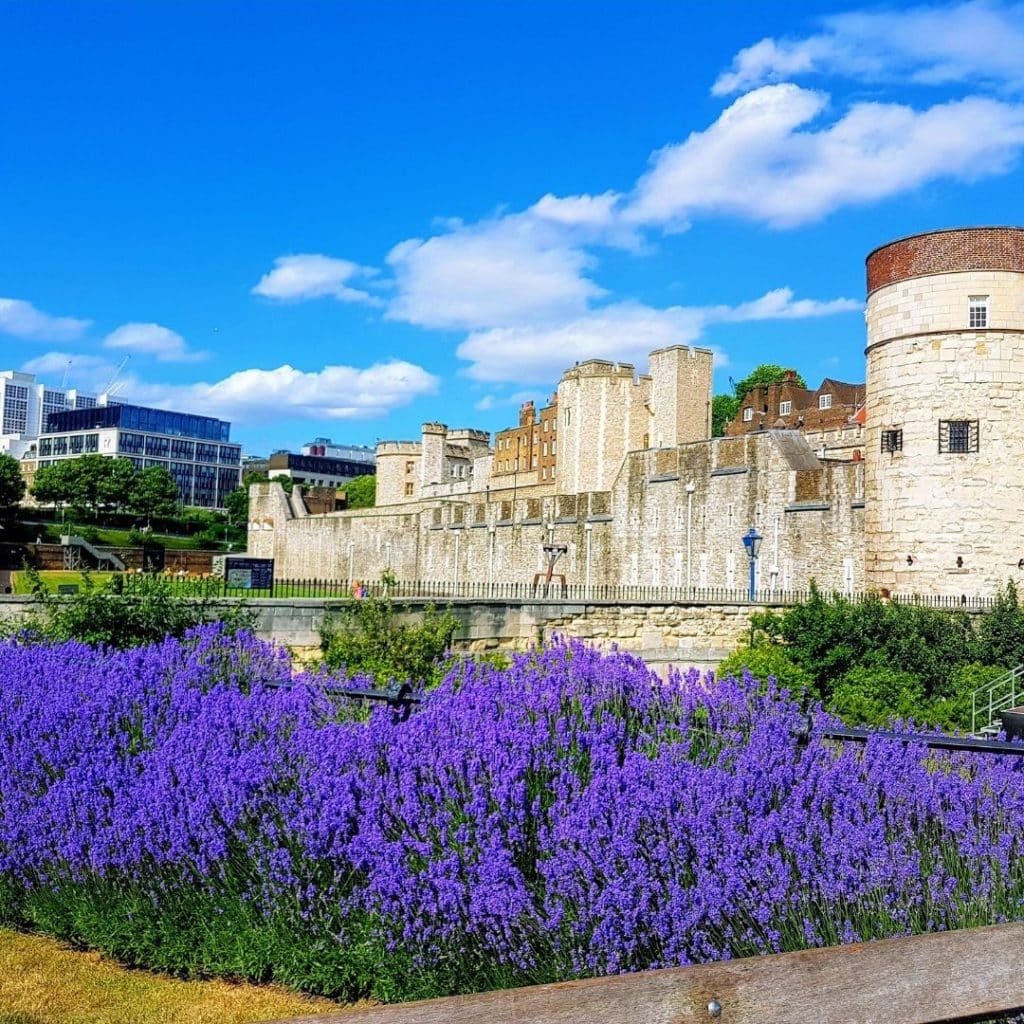
- Lavender oil is a natural mosquito repellent.
- Romans used lavender in baths for relaxation.
- Dried lavender flowers retain their fragrance for years.
Imagine a garden filled with soothing aromas and bursts of purple blossoms. Lavender enchants gardeners while deterring deer and rabbits with its distinctive fragrance.
Thriving in full sun and well-drained soil, this perennial adds charm and color effortlessly.
Plant lavender and watch your garden transform into a tranquil haven untouched by unwanted nibbles. It also makes for great hedges.
2. Russian Sage
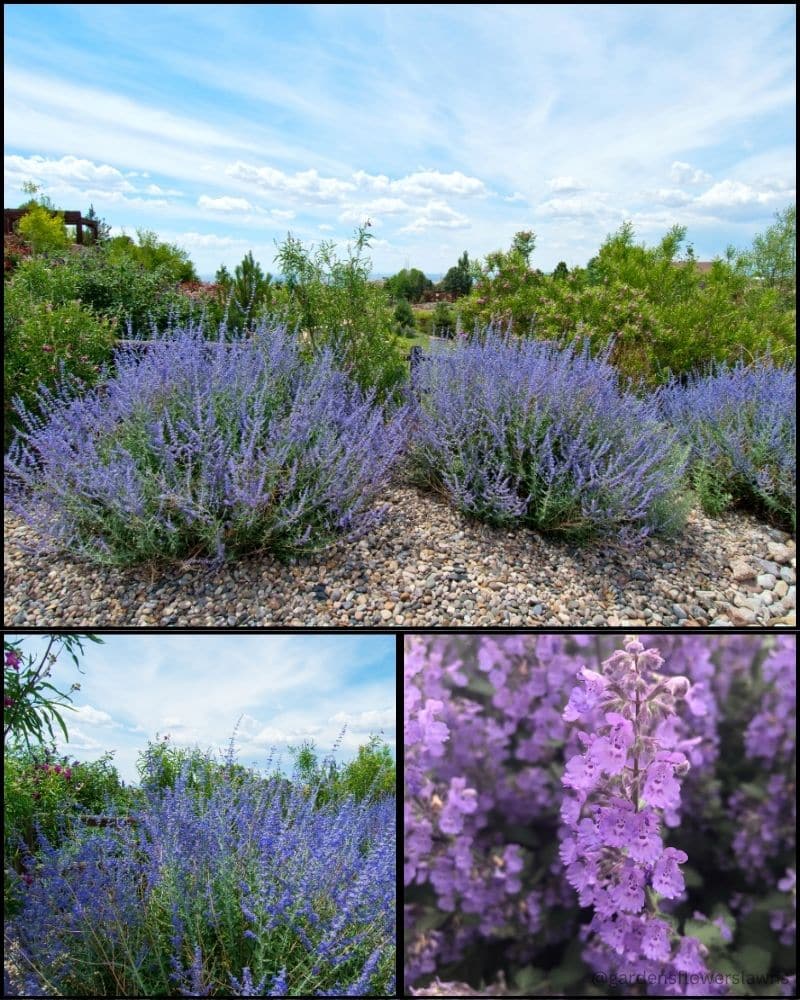
- Despite the name, it’s not true sage and is native to Central Asia.
- Russian sage is drought-tolerant, perfect for low-water gardens.
- Its aromatic leaves repel insects naturally.
Delicate yet robust, Russian sage features silvery-green foliage and airy spires of lavender-blue flowers that dance gently in the breeze.
Its aromatic leaves repel deer and rabbits, making it a practical beauty.
Easygoing and drought-tolerant, it thrives in sunny spots, offering carefree elegance that keeps your garden nibble-free.
3. Catmint
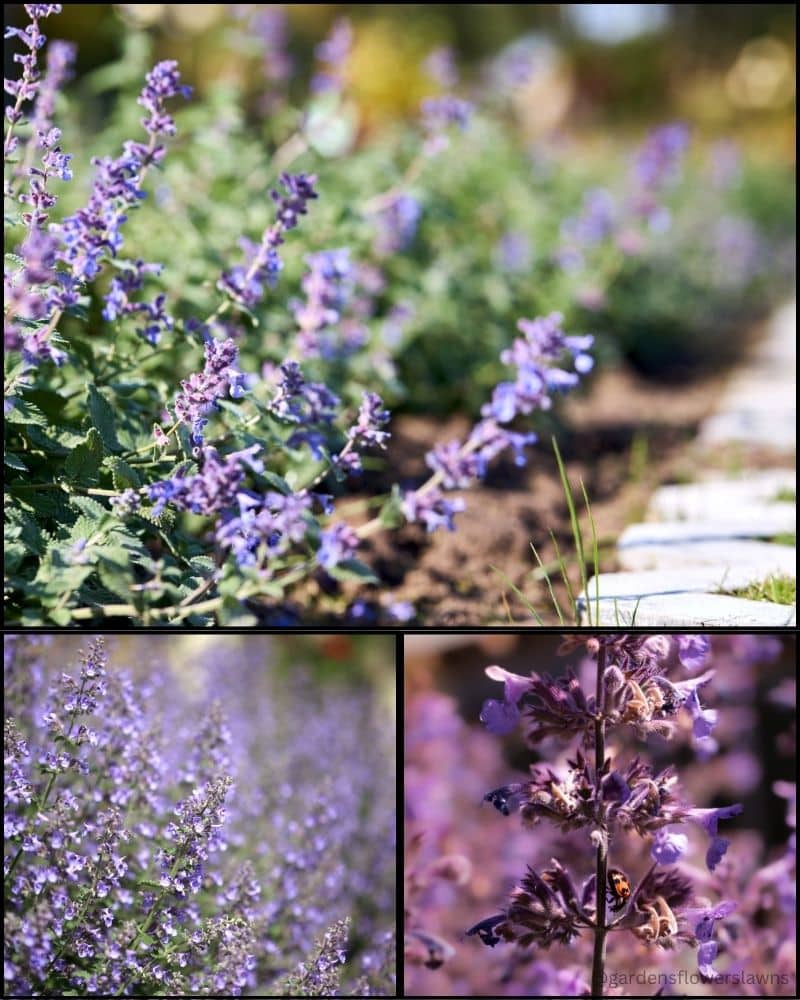
- Catmint attracts beneficial insects like bees and butterflies.
- Unlike catnip, catmint doesn’t overly excite cats.
- Flowers bloom continuously from spring through fall.
Catmint bursts with lively clusters of violet-blue flowers, delighting pollinators while discouraging deer and rabbits with its minty aroma.
Hardy and drought-resistant, this perennial thrives in sunny, dry locations, creating waves of color from spring through fall.
Invite catmint into your garden for beauty that’s both captivating and practical.
4. Foxglove
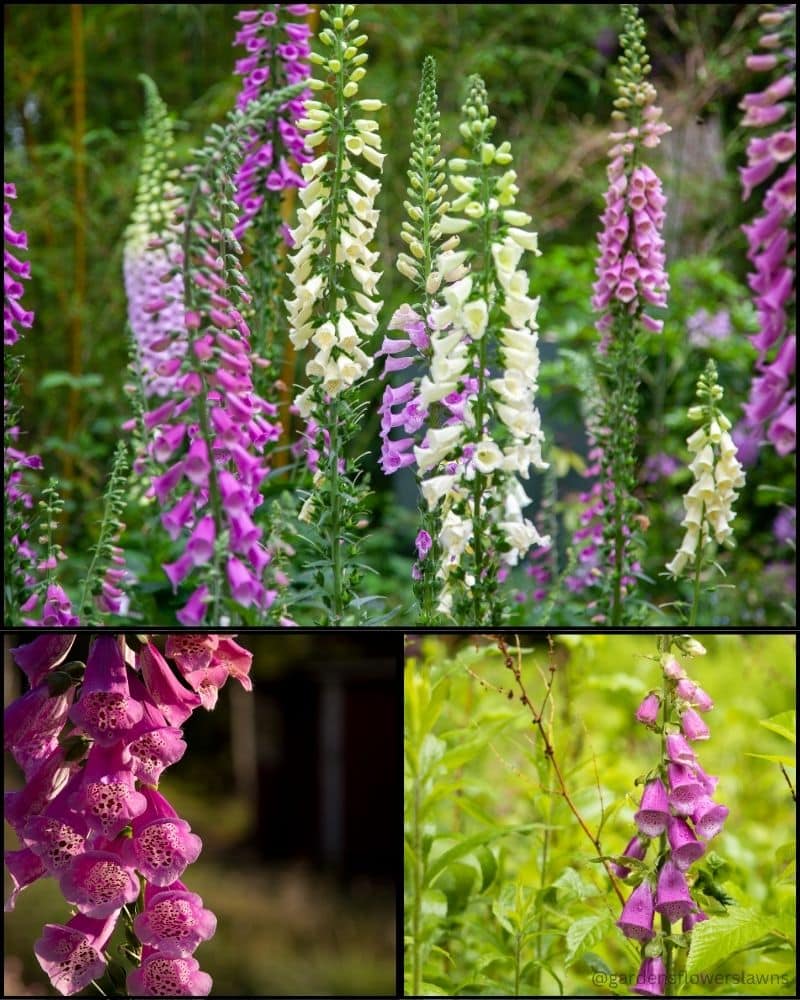
- Foxglove contains compounds used in heart medications.
- Blooms often appear in the second year, known as biennial blooming.
- Folklore says fairies live inside foxglove flowers.
Foxglove’s towering spires adorned with bell-shaped blossoms in shades of pink, purple, and white add drama to any garden scene.
Deer and rabbits steer clear due to its natural toxicity, allowing gardeners to enjoy its splendor undisturbed.
Ideal for shady, moist spots, foxglove promises elegance and protection from hungry pests.
5. Bee Balm
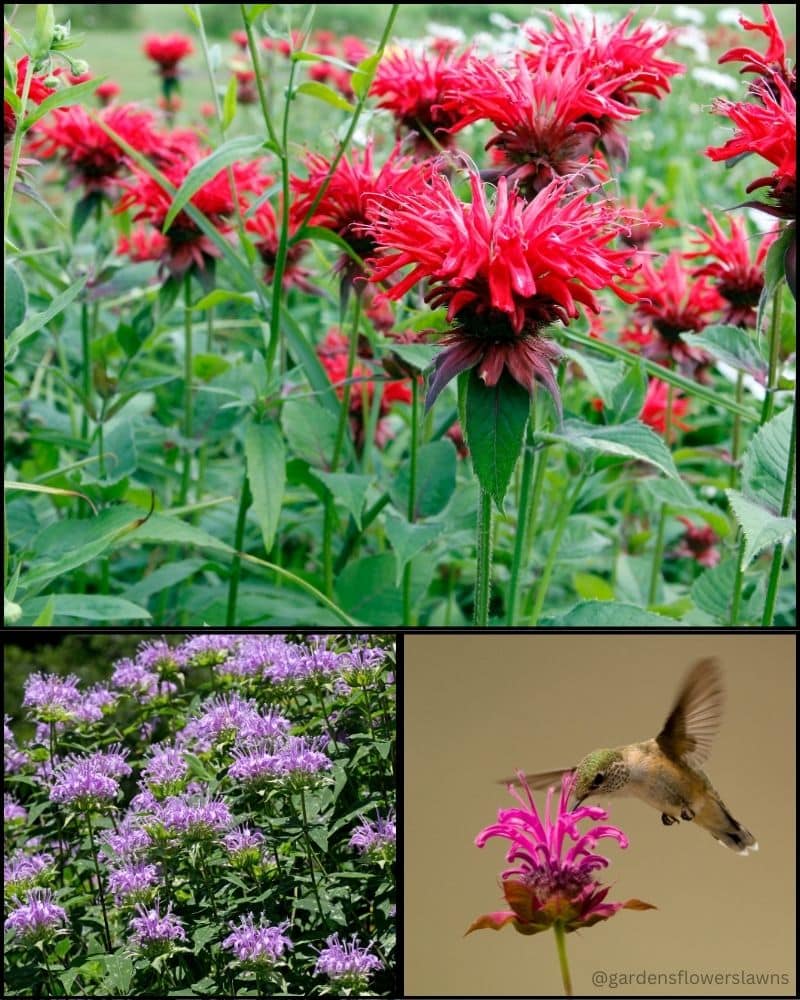
- Also known as Oswego tea; colonists drank it as a tea substitute.
- Bee balm can soothe bee stings and skin irritations.
- Its spicy scent and vibrant colors attract hummingbirds.
Bright, showy, and aromatic, bee balm produces flamboyant blooms in reds, pinks, and purples that attract butterflies and hummingbirds while deterring deer and rabbits.
Thriving in sun to part shade, this cheerful perennial loves moist soil and will reward you with color and fragrance, safeguarding your garden with style.
6. Yarrow
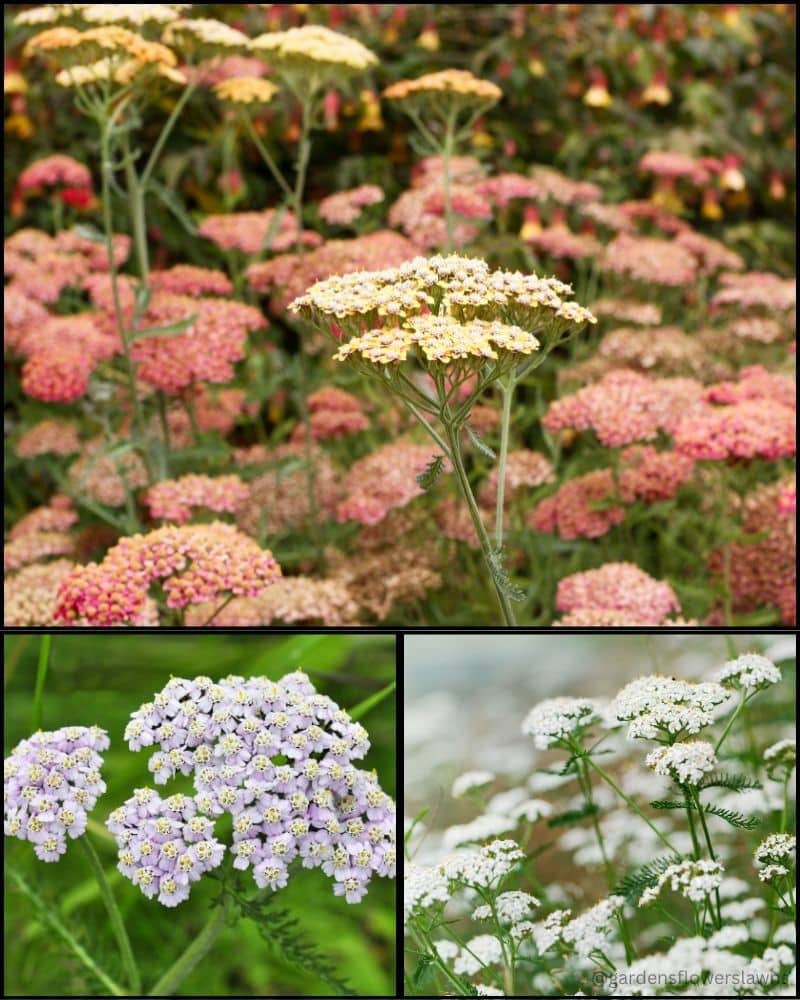
- Ancient warriors used yarrow to treat battlefield wounds.
- Yarrow flowers are excellent dried arrangements.
- It symbolizes healing and protection in folklore.
Step into a garden glowing with vibrant clusters of yellow, white, and pink. Yarrow’s feathery foliage and cheerful blooms repel deer and rabbits effortlessly.
Thriving in full sun and well-drained soil, this hardy perennial brings charm and practicality, offering both visual delight and herbal versatility for gardeners who seek beauty without bother.
7. Salvia
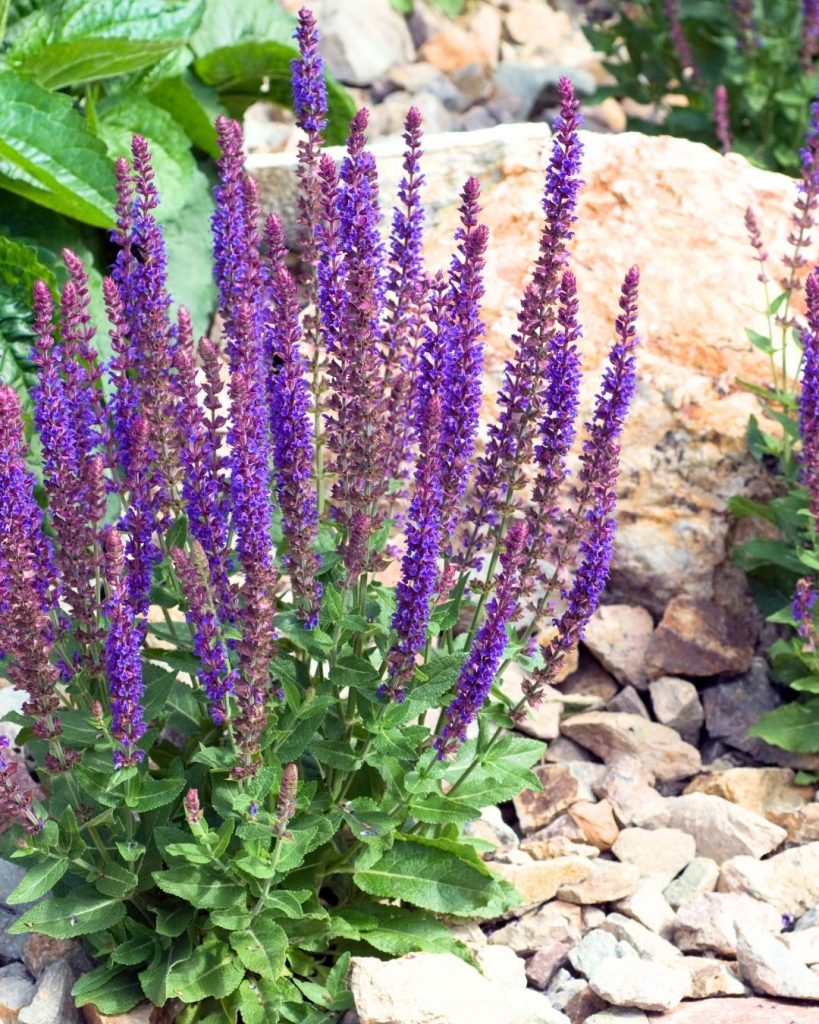
- The name Salvia comes from the Latin word meaning “to heal.”
- Some salvia varieties are edible and flavorful culinary herbs.
- It’s a hummingbird magnet due to vibrant tubular blooms.
Imagine slender spires of deep blue, purple, or red blossoms that sway gracefully under the sun. Salvia attracts pollinators while naturally repelling deer and rabbits with its pungent aroma.
Heat-loving and drought-resistant, salvia flourishes in sunny gardens, providing dazzling color and reliable pest resistance all season long.
8. Allium
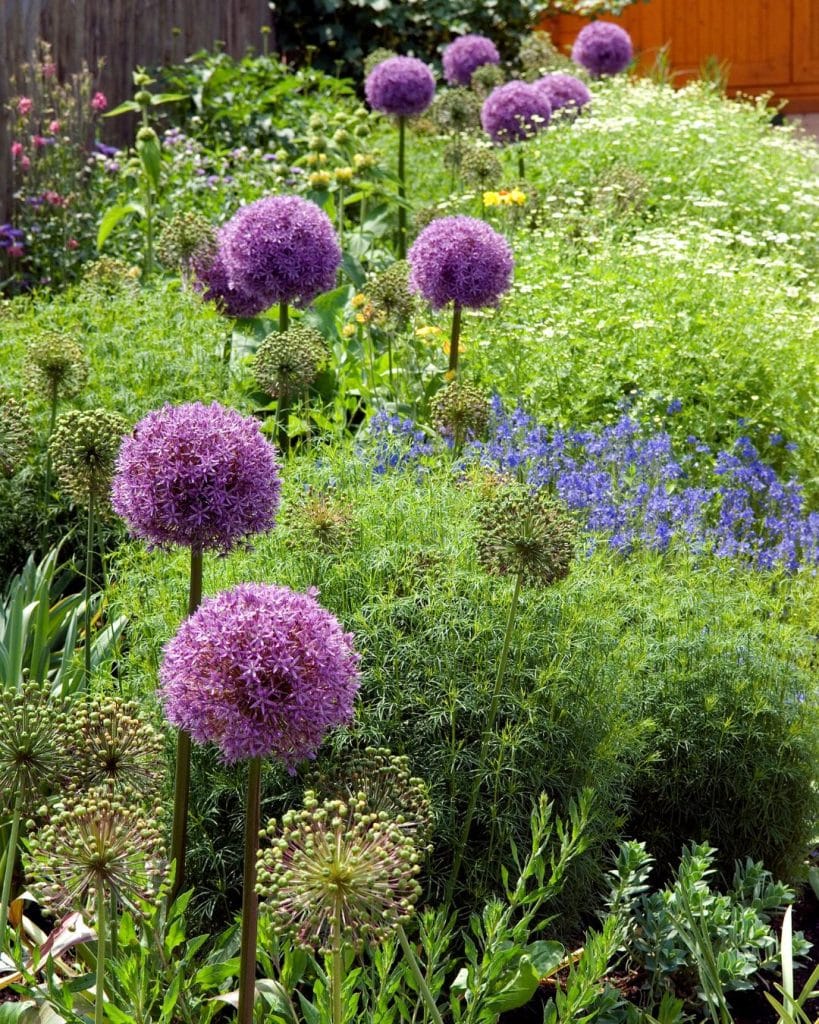
Related to onions, garlic, and chives.
Allium bulbs multiply each year, expanding your garden effortlessly.
Deer and rabbits hate their strong onion smell.
Alliums raise bold globes of violet, pink, or white blossoms atop tall stems, creating playful accents throughout the garden.
Deer and rabbits find their onion-like fragrance unappetizing, making allium a perfect, low-maintenance solution.
Plant in sunny, well-drained locations for whimsical elegance that stands firm against garden grazers.
9. Coneflower
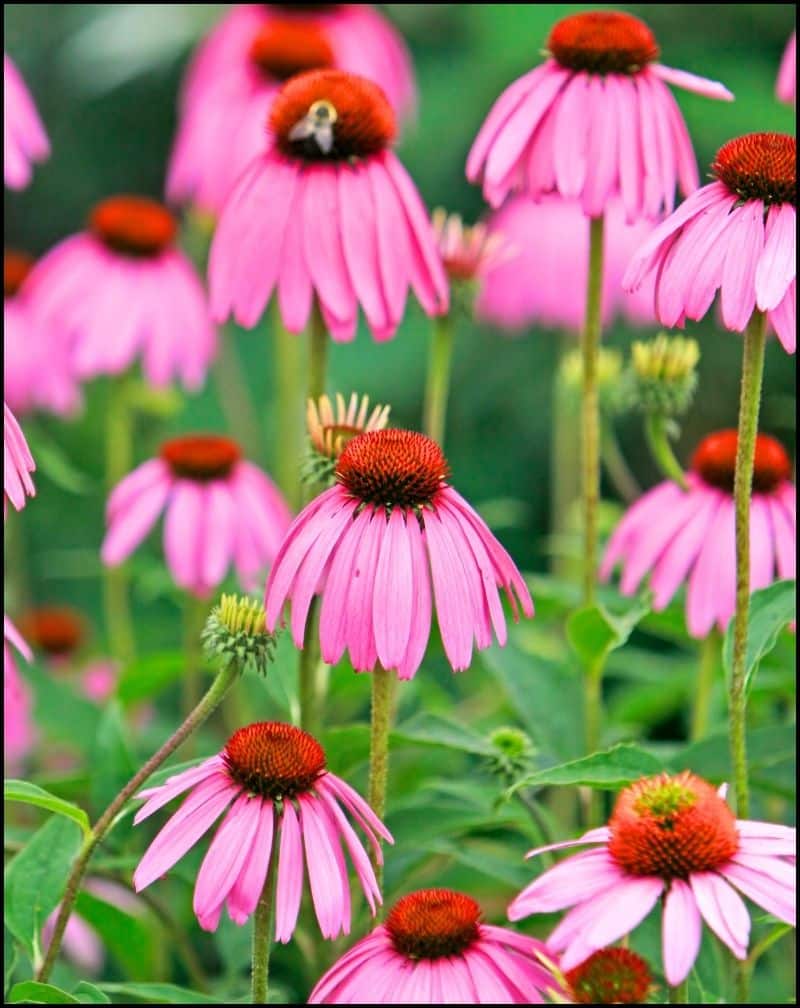
- Native Americans used coneflower as a medicinal herb.
- Coneflower seeds attract goldfinches and other songbirds.
- The blooms are drought-resistant and require minimal care.
Coneflowers, with their bold, daisy-like blooms in vibrant purples, pinks, oranges, and whites, invite butterflies yet discourage deer and rabbits.
These sturdy perennials prefer sun-drenched gardens and tolerate drought beautifully.
Add coneflower’s carefree color and reliable durability to your landscape, keeping nibbling visitors at bay.
10. Marigolds (An all Around Great Pest Deterrent)
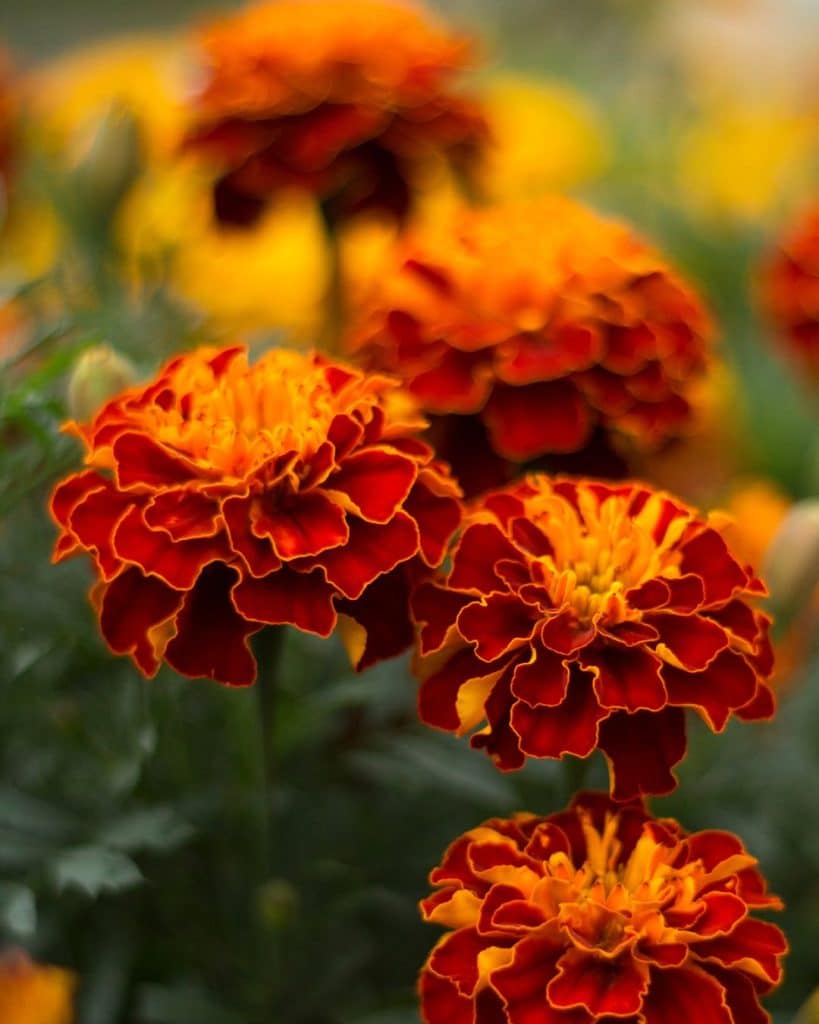
- Marigolds deter pests in vegetable gardens naturally.
- The flowers are edible, adding vibrant color to salads.
- Traditional uses include dyeing fabric bright yellow or orange.
Bright golden blooms fill the air with a spicy aroma, charming gardeners while deterring deer and rabbits alike.
Marigolds thrive in sunny conditions with minimal care, enhancing garden beds and borders effortlessly.
Plant these cheerful annuals and enjoy a pest-free season of abundant color.
11. Black-eyed Susan
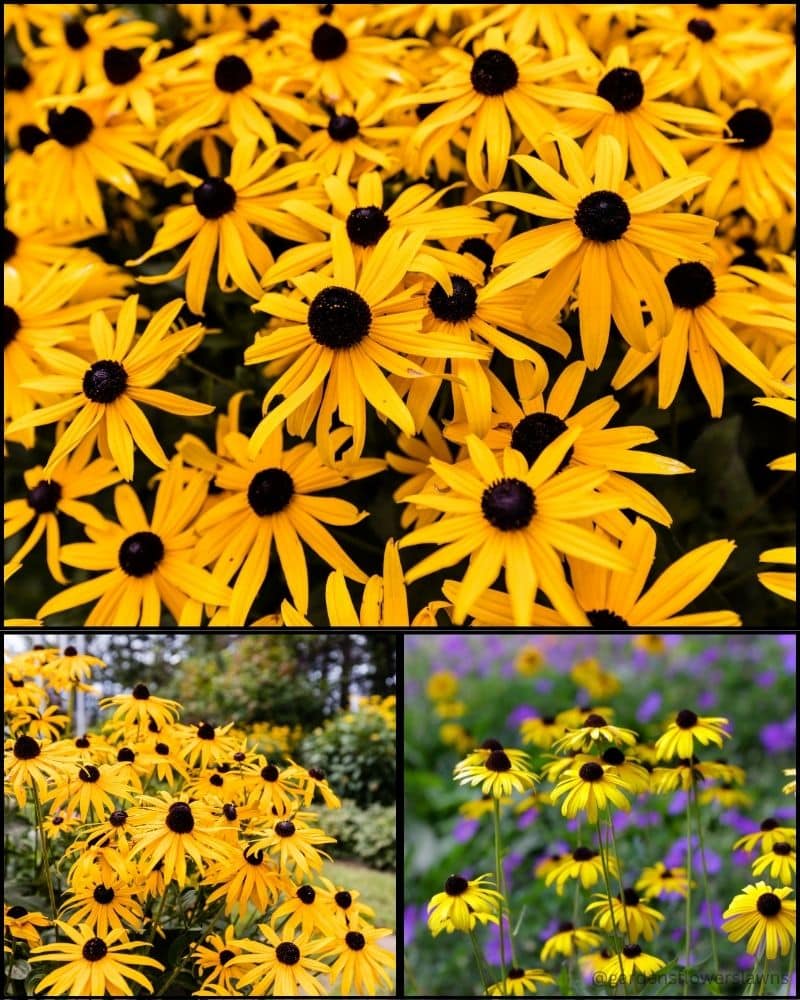
- Official flower of Maryland since 1918.
- Blooms last from summer until frost.
- They’re exceptionally tough, thriving in poor soil conditions.
Bursting with sunny yellow petals and dark chocolate centers, black-eyed Susans radiate warmth and cheer.
Deer and rabbits typically bypass these bright perennials, which flourish in sunny, well-drained locations.
Plant this hardy native to bring low-maintenance beauty and vibrant color to your garden without worry.
12. Lamb’s Ear
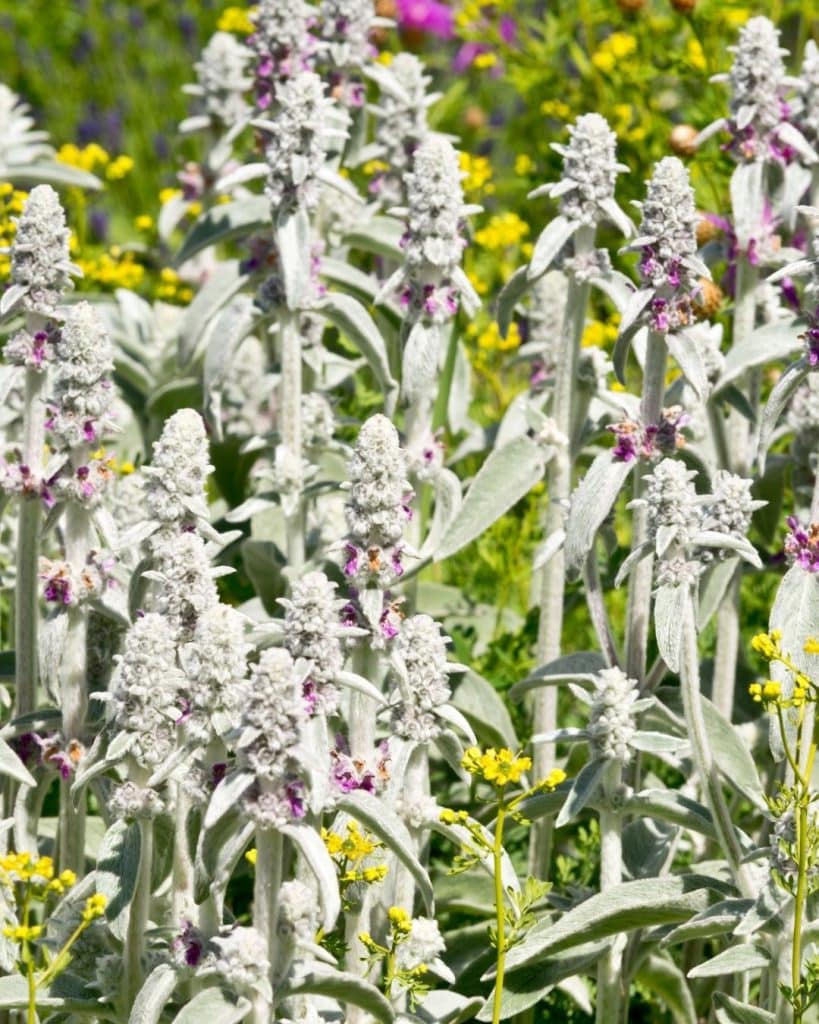
- Soft leaves were historically used as natural bandages.
- Its silvery foliage glows under moonlight gardens.
- Highly drought-tolerant, ideal for rock gardens.
Velvety, silver leaves invite gardeners to touch and admire their soft texture, yet deer and rabbits steer clear.
Lamb’s ear thrives in full sun with dry conditions, offering both whimsical charm and hardy resilience.
Perfect along borders or in rock gardens, this fuzzy perennial remains untouched by hungry critters.
13. Daffodils
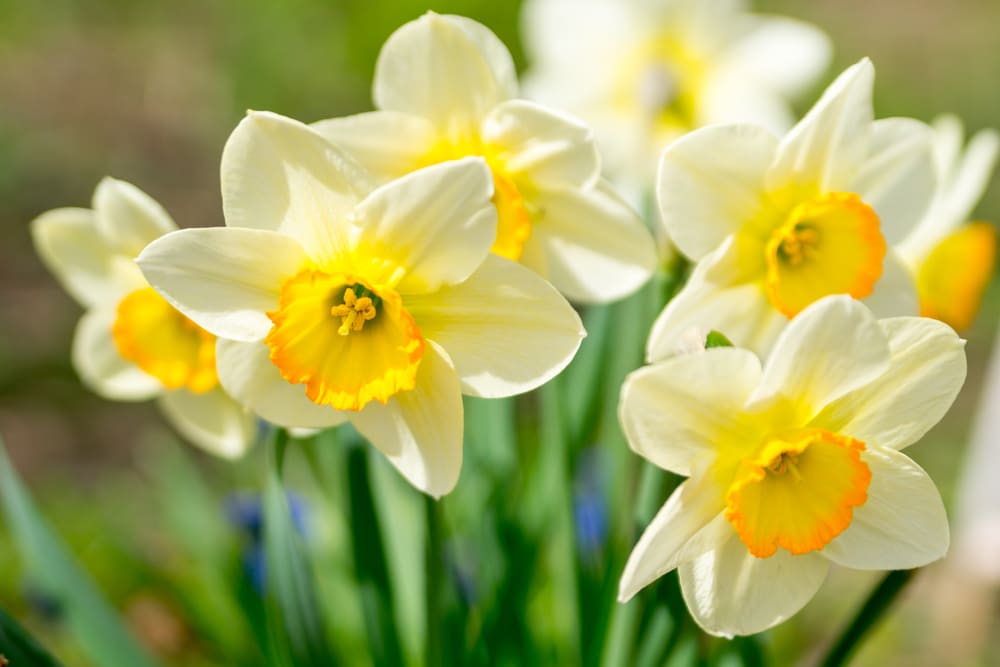
- Symbolizes rebirth and new beginnings, perfect for spring.
- Daffodils naturally repel underground pests like moles.
- All parts of daffodils are toxic, providing excellent deer resistance.
As spring awakens, daffodils emerge in radiant yellows, whites, and oranges, announcing warmth ahead.
Toxic to deer and rabbits, these cheerful bulbs safeguard themselves naturally.
Easygoing in sunny or partially shaded gardens, daffodils offer perennial beauty and pest resistance that returns reliably year after year.
14. Hyssop
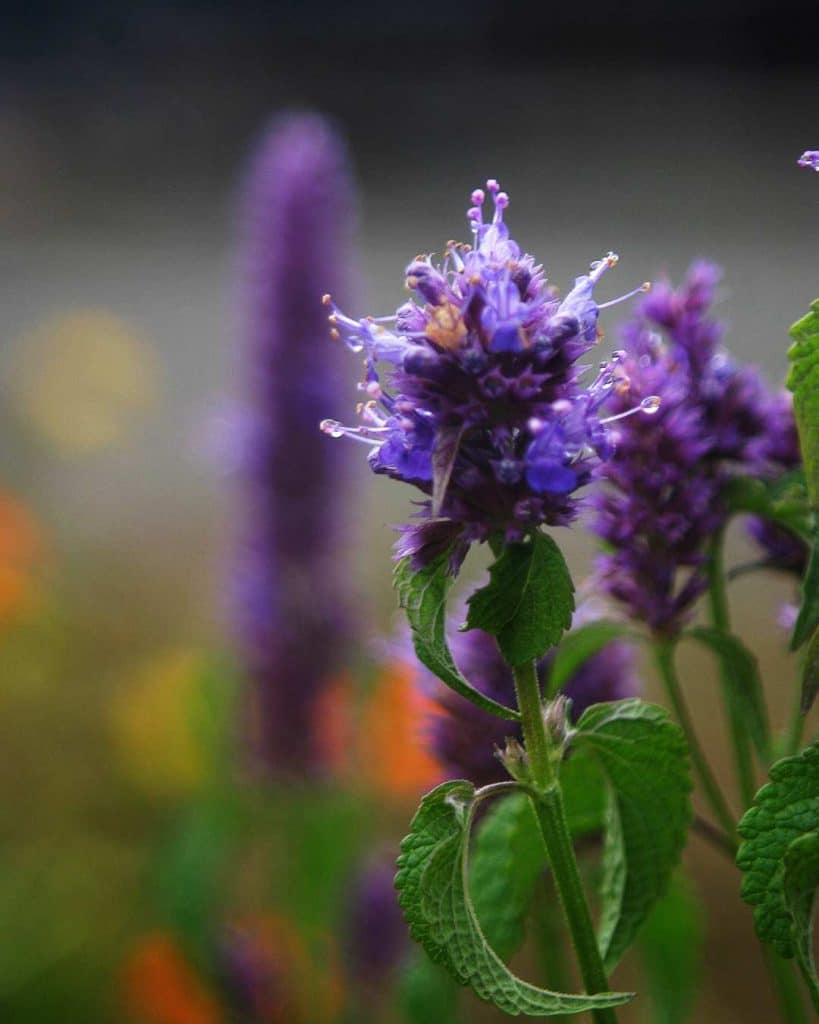
- Used historically as a cleansing herb in religious rituals.
- Hyssop tea can soothe coughs and respiratory conditions.
- Bees love hyssop, producing fragrant honey.
Hyssop features slender spikes adorned with tiny violet-blue flowers and aromatic foliage. This fragrant perennial repels deer and rabbits while attracting butterflies and bees.
Thriving in sunny, well-drained conditions, hyssop enhances your garden with effortless elegance, aroma, and practical pest deterrence.
15. Boxwood
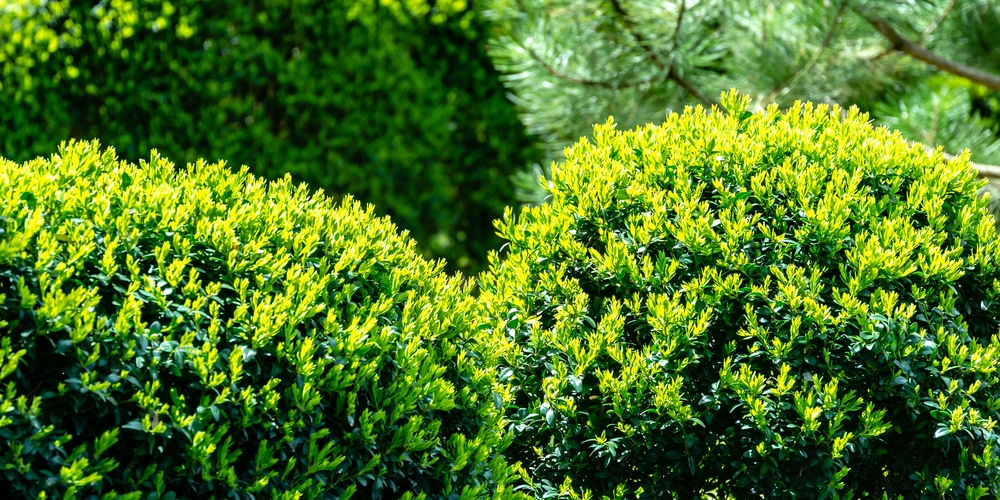
- Boxwoods can live for over a century with proper care.
- They’re ideal for topiary, shaped into artistic forms.
- Boxwood leaves release a distinctive fragrance when trimmed.
Boxwoods, evergreen and tidy, shape gardens with timeless structure and dense foliage. Their leathery leaves naturally deter deer and rabbits, offering year-round protection.
Plant these hardy shrubs in sun or partial shade, bringing classic formality and reliable resistance to your outdoor spaces.
16. Peonies
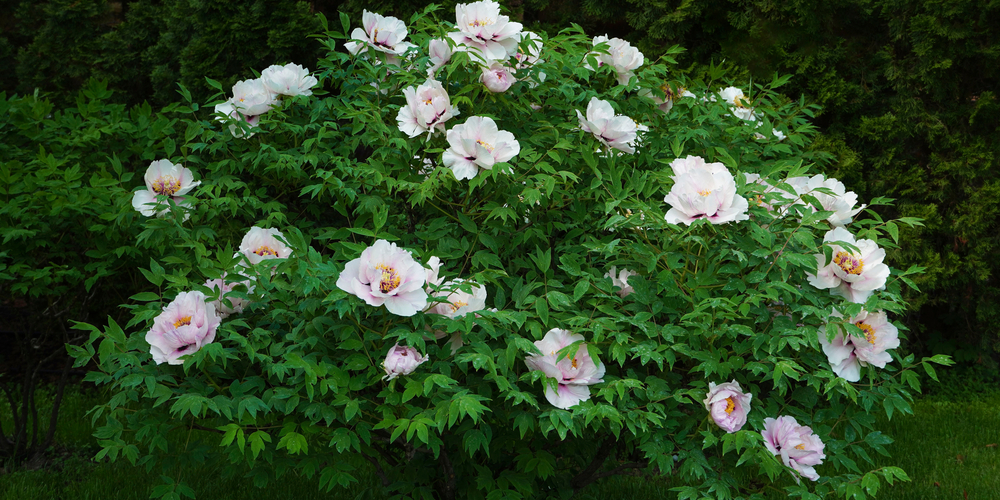
- Peonies can bloom annually for over 50 years.
- Ants are attracted to peonies, aiding in bud opening.
- They symbolize prosperity and good fortune in many cultures.
Peonies unfurl luscious blooms in shades of pink, white, red, and coral, filling gardens with nostalgic beauty and fragrance.
Deer and rabbits avoid peonies thanks to their subtle yet unpalatable scent.
Plant in sunny, well-drained spots for enduring elegance and long-lasting color each spring, untouched by wildlife.
17. Ornamental Grass
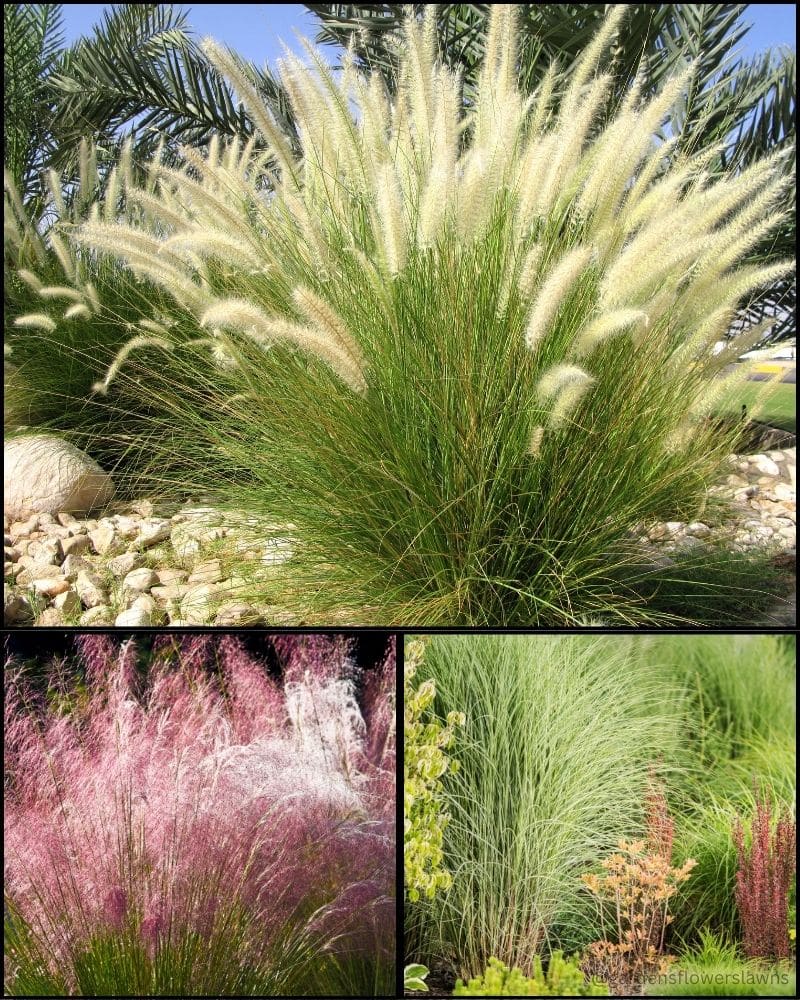
- Many varieties provide winter interest even after snowfall.
- Low maintenance and require minimal watering once established.
- Offer ideal nesting sites for small birds and beneficial insects.
With graceful plumes and gently swaying blades, ornamental grasses add texture and movement while deterring deer and rabbits.
These low-maintenance beauties love sun and thrive in various soil conditions. Introduce ornamental grass for reliable style and natural wildlife protection in every garden landscape.
18. Mint
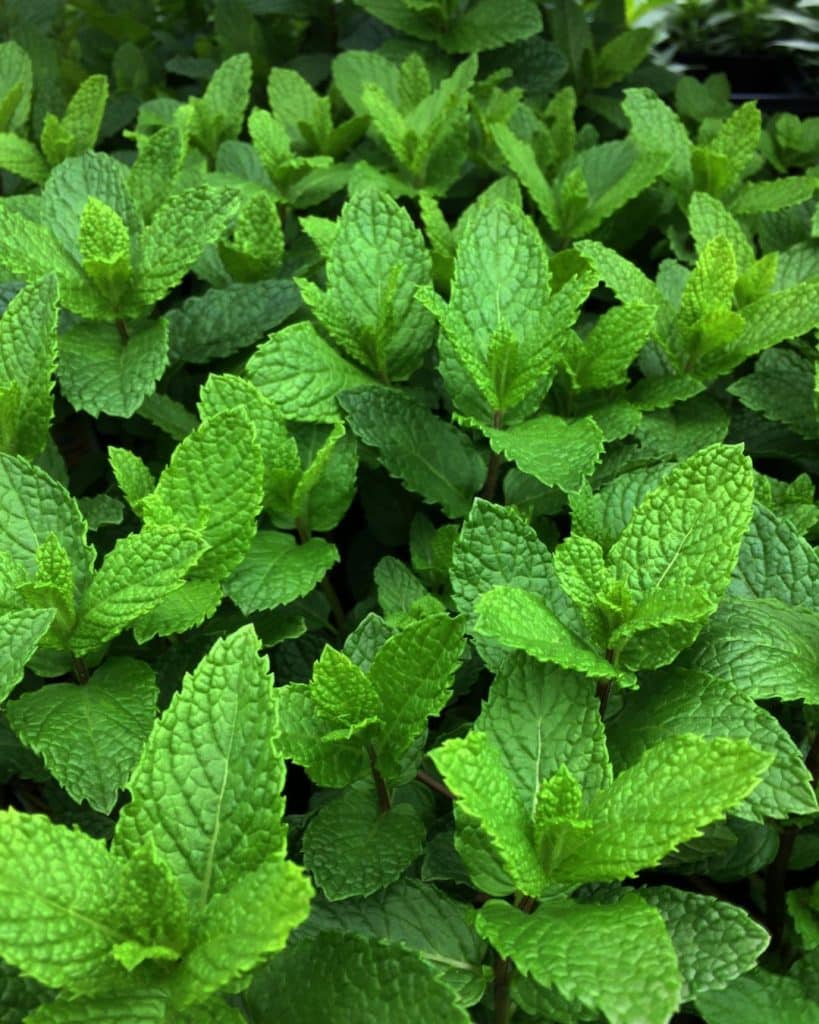
- Mint repels mosquitoes and rodents naturally.
- Ancient Romans sprinkled mint around to freshen homes.
- Mint tea is widely used to ease digestion.
Fragrant and fresh, mint boasts lush foliage and small, delicate blooms. Its unmistakable scent deters deer and rabbits, making it a natural protector of your garden beds.
Easy to grow in sun or partial shade, mint offers aromatic rewards and vigorous growth, ensuring your garden stays pest-free.
19. Oregano

- Rich in antioxidants, offering numerous health benefits.
- Oregano oil is used as a natural antiseptic.
- Ancient Greeks considered oregano a symbol of happiness.
Oregano’s small, aromatic leaves and tiny white or pink blossoms make it a delightful herb garden staple.
Deer and rabbits avoid its pungent scent, allowing it to thrive in sunny, well-drained areas.
Add oregano to gardens and containers for practical culinary benefits and reliable pest resistance.
20. Rosemary
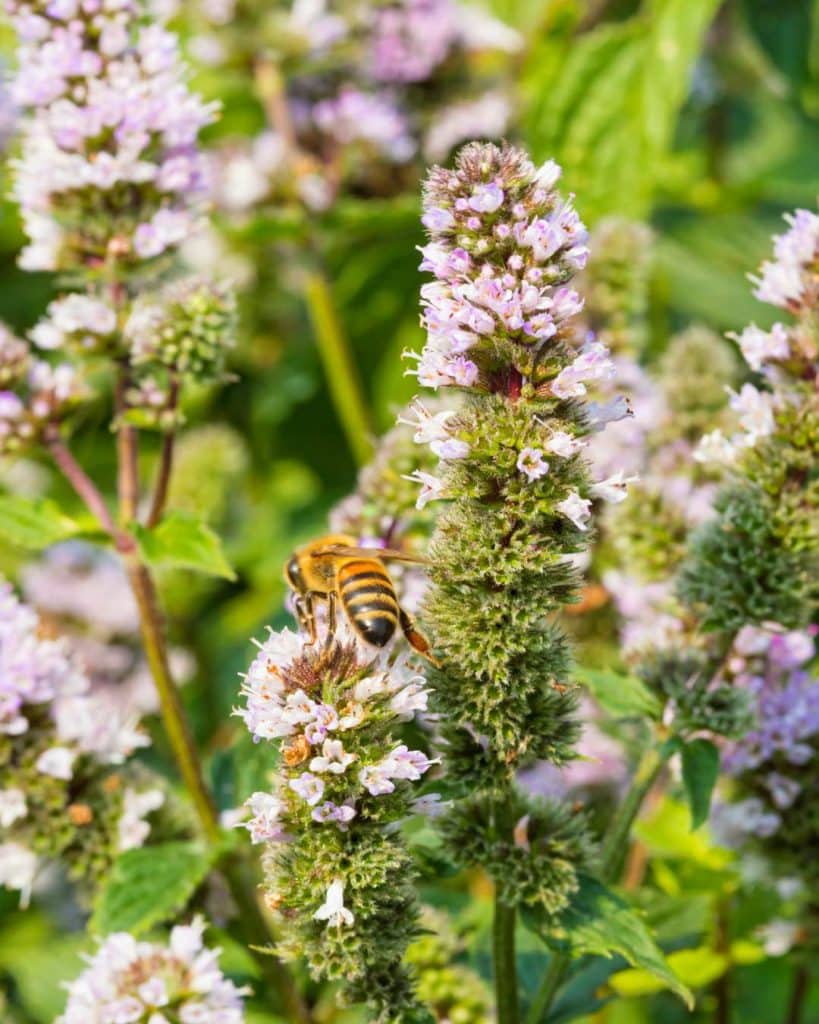
- Traditionally associated with improving memory and concentration.
- Rosemary sprigs were used historically in weddings for good luck.
- Acts as a natural insect repellent in gardens.
Woody stems adorned with needle-like foliage exude a captivating aroma that repels deer and rabbits.
Rosemary thrives in sun-soaked, well-drained soil, rewarding gardeners with fragrant greenery and petite, blue flowers.
Plant rosemary to combine culinary delights, structural elegance, and natural pest control.
21. Thyme

- Ancient Egyptians used thyme in embalming rituals.
- Bees produce flavorful thyme honey.
- Thyme’s oil has antiseptic properties.
Thyme carpets gardens with tiny, aromatic leaves and charming purple, pink, or white blooms.
This low-growing herb naturally deters deer and rabbits while flourishing under sunny, dry conditions.
Plant thyme along pathways, in rock gardens, or borders for practical fragrance and resilient beauty.
22. Bleeding Heart
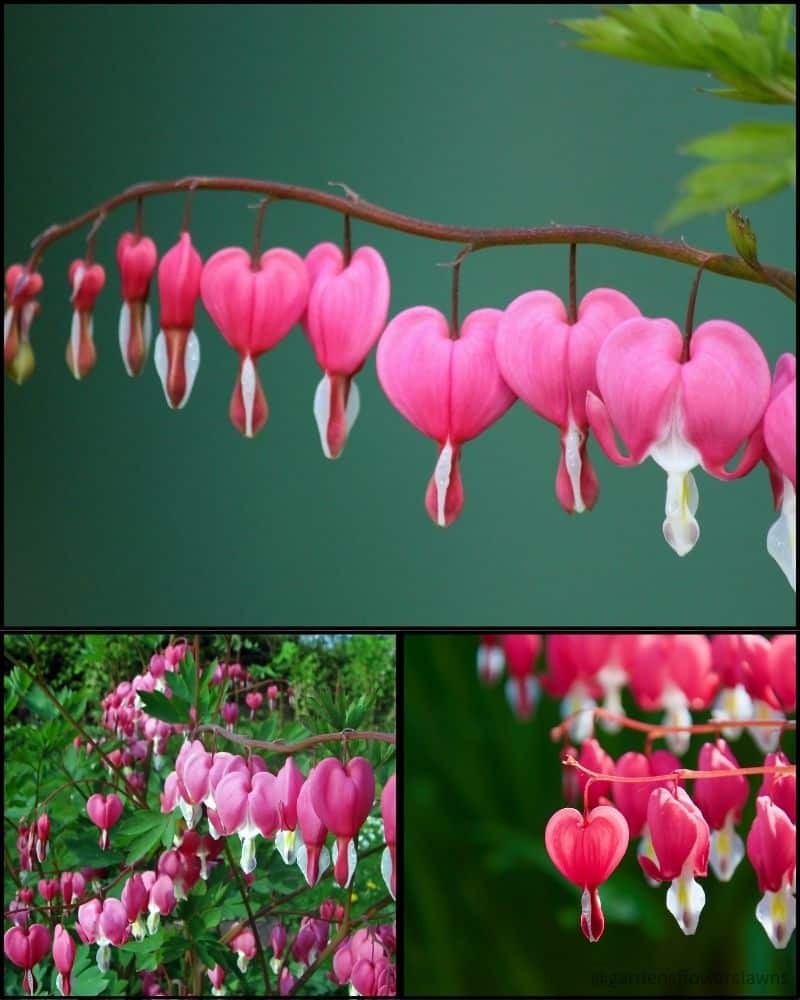
- Each flower resembles a tiny heart with a drop of blood.
- Often associated with compassion and romantic love.
- Grows exceptionally well in shady woodland gardens.
In shady corners, bleeding hearts display delicate, heart-shaped flowers dangling from arching stems.
Naturally toxic to deer and rabbits, this woodland favorite flourishes in moist, shaded soil.
Enjoy its charm without worry, as it keeps nibbling visitors away gracefully.
23. Hellebore
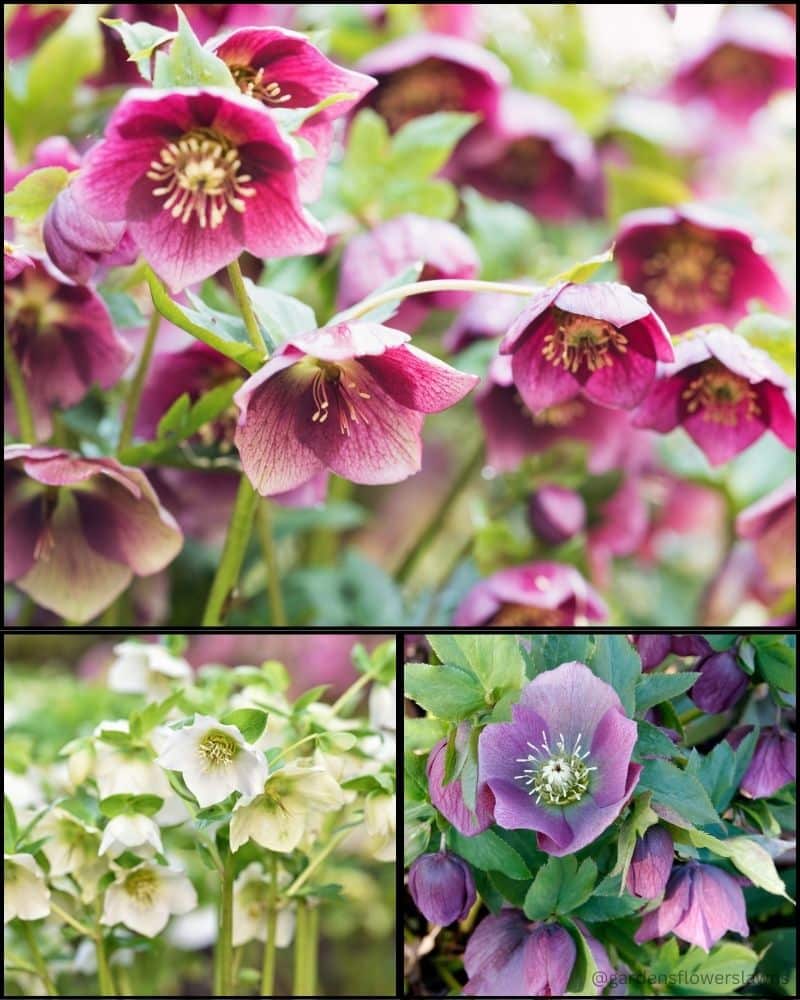
- Blooms very early, often when snow is still on the ground.
- Known as “Christmas Rose” despite not being related to roses.
- All parts of the plant are poisonous, deterring animals naturally.
With nodding blooms in pale greens, pinks, whites, and purples, hellebore brightens shaded gardens even in winter.
Toxic to deer and rabbits, it offers natural pest resistance.
Plant hellebores in moist, shaded locations to delight in their durable beauty and early-season charm.
24. Butterfly Bush
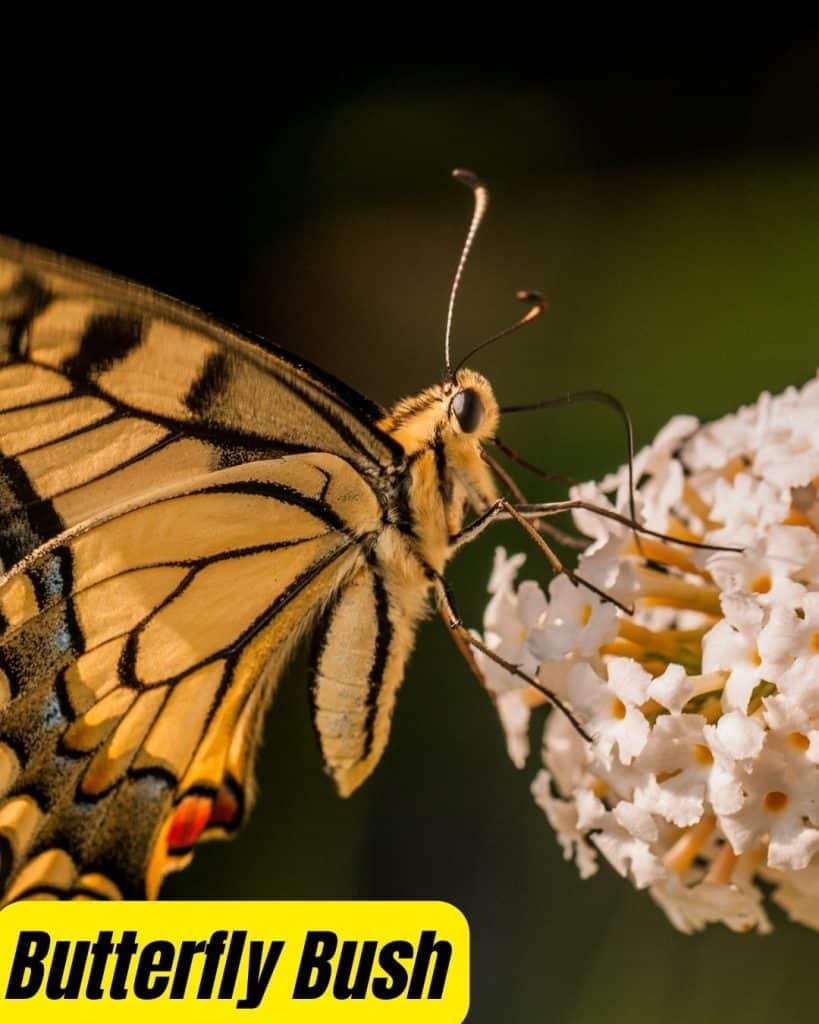
- Aptly named for its irresistible appeal to butterflies.
- Produces nectar-rich blooms continuously from summer into fall.
- Can grow quickly, reaching impressive heights in one season.
Butterfly bush’s vibrant spires of purple, pink, or white flowers entice pollinators but deter deer and rabbits.
Thriving in sunny gardens, this resilient shrub grows vigorously, adding color and fragrance effortlessly.
Invite butterfly bush to your landscape for continuous blooms and natural pest protection.
25. Juniper
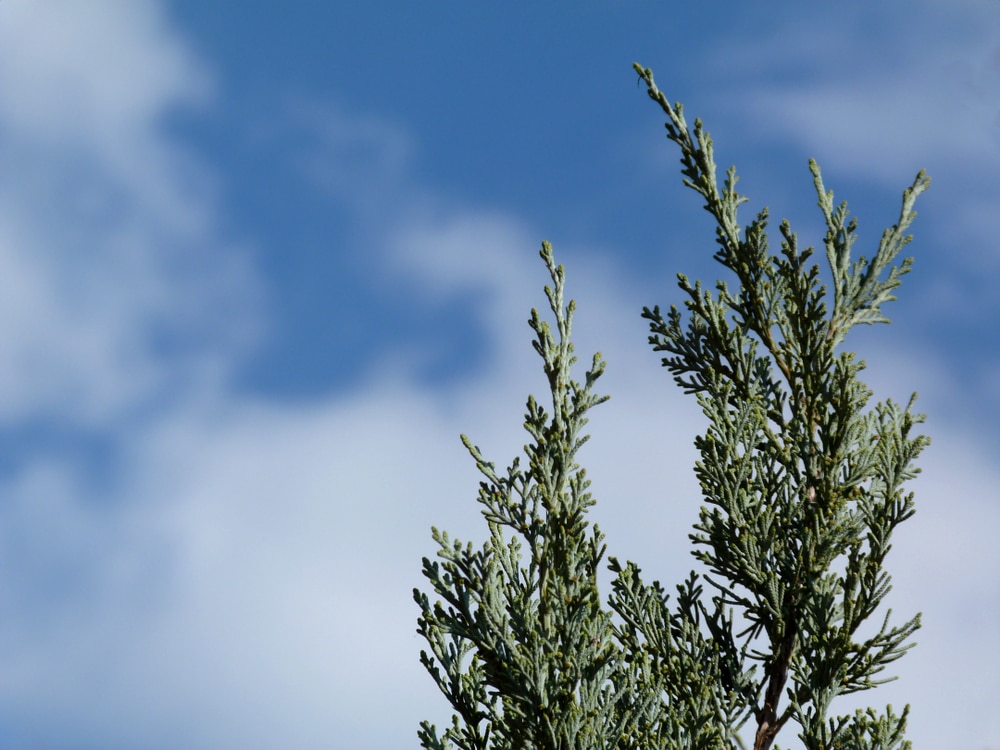
- Juniper berries flavor gin and traditional cooking.
- Extremely hardy, junipers thrive in harsh climates.
- Native Americans used juniper medicinally and spiritually.
Hardy and evergreen, juniper shrubs and groundcovers provide reliable structure and vibrant blue-green foliage.
Their sharp, aromatic leaves deter deer and rabbits, ensuring enduring beauty. Thriving in sun and well-drained soil, juniper adds lasting form and practical protection.
26. Anise Hyssop

- Its leaves and flowers have a sweet licorice scent.
- Great for attracting bees, hummingbirds, and butterflies.
- Leaves and blooms can flavor teas and desserts.
This fragrant herb produces tall spikes of lavender-blue blooms loved by pollinators yet avoided by deer and rabbits.
Easygoing in sunny gardens, anise hyssop prefers well-drained soil and offers garden charm paired with reliable pest resistance season after season.
27. Siberian Iris
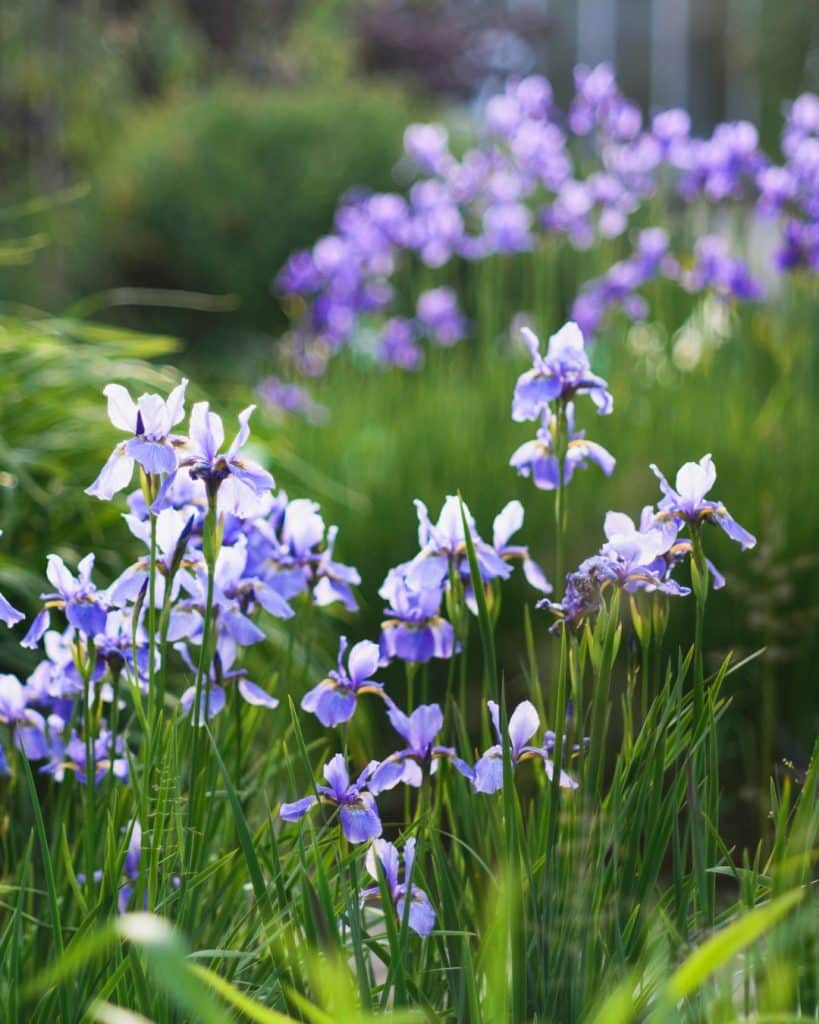
- Adapted for cold climates, thriving even in Siberian temperatures.
- Their strong root systems prevent erosion along water edges.
- Can bloom beautifully for decades with minimal care.
Elegant, slender foliage and exquisite blooms in shades of violet, blue, or white define Siberian iris.
Naturally avoided by deer and rabbits, these perennials thrive in moist, sunny locations.
Plant for sophisticated beauty and lasting protection from wildlife grazing.
28. Dusty Miller
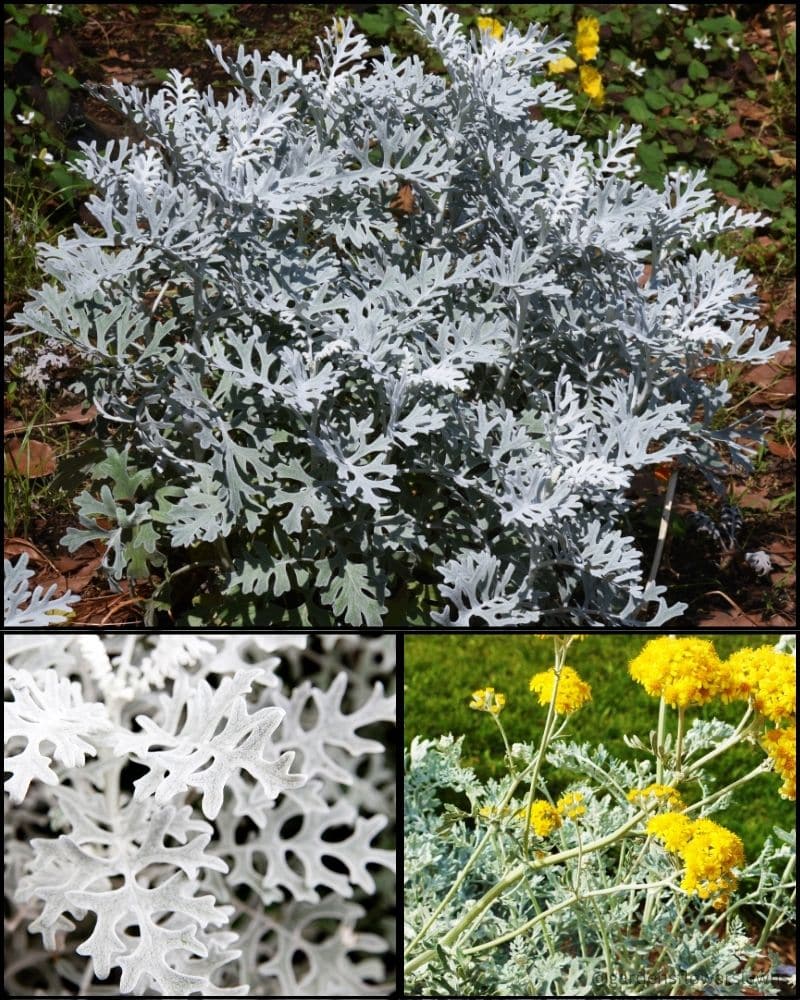
- Named for its uniquely silvery-gray leaves that appear dusty.
- Highly drought-tolerant, perfect for dry climates.
- Often planted alongside bright flowers for striking contrasts.
Soft, silvery foliage adds luminous contrast to garden beds, naturally deterring deer and rabbits with its fuzzy texture and unpalatable leaves.
Dusty miller loves sunny, dry conditions and pairs perfectly with vibrant blooms, providing attractive pest protection.
29. Columbine
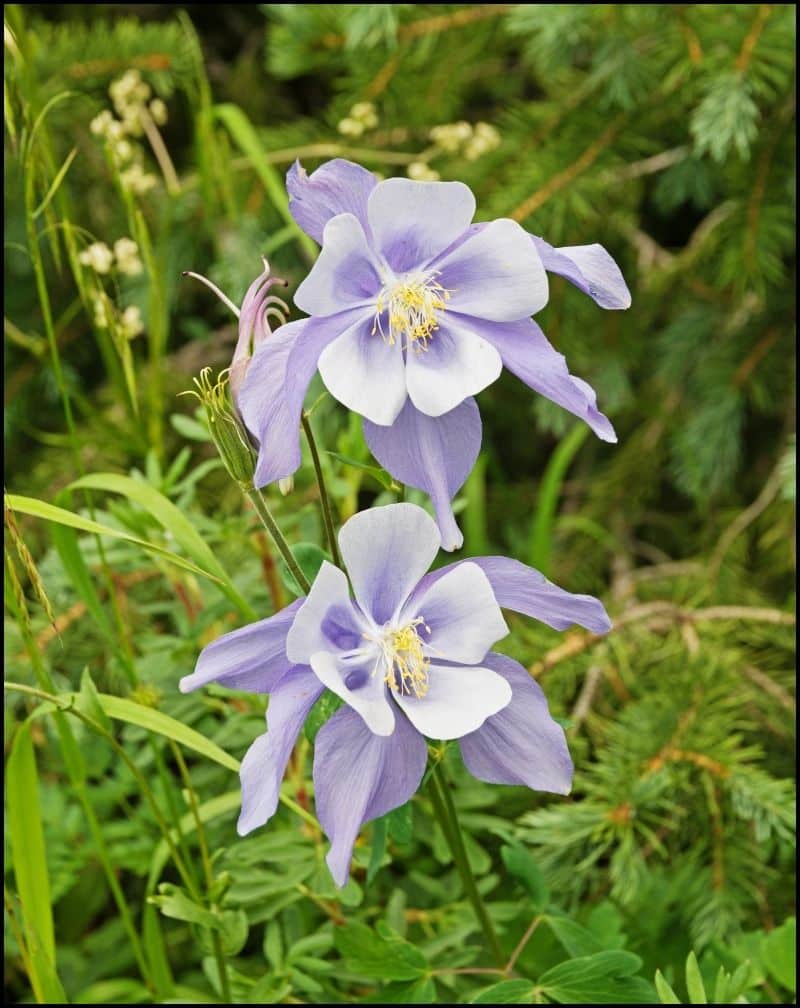
- Historically, columbine symbolized peace and tranquility.
- Attracts hummingbirds with its uniquely shaped flowers.
- Flowers were used traditionally by Native Americans as herbal remedies.
Whimsical blooms with spurred petals dance above delicate foliage, brightening shady spots with color.
Deer and rabbits find columbine unappealing, allowing carefree growth in moist, shaded areas.
Plant columbine for effortless charm and natural pest resistance.
30. Astilbe

- Known as “false goat’s beard” due to fluffy flower spikes.
- Thrives beautifully in shade, brightening darker garden corners.
- Excellent as cut flowers, retaining their color when dried.
Astilbe’s feathery plumes in shades of pink, red, or white thrive beautifully in shady, moist garden beds. Deer and rabbits steer clear of their dense foliage and subtly scented blooms.
Plant astilbe for graceful elegance and trouble-free beauty, protected naturally from nibbling pests.
Thank you so much for reading! Have a terrific day and happy gardening!